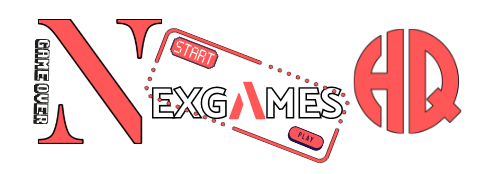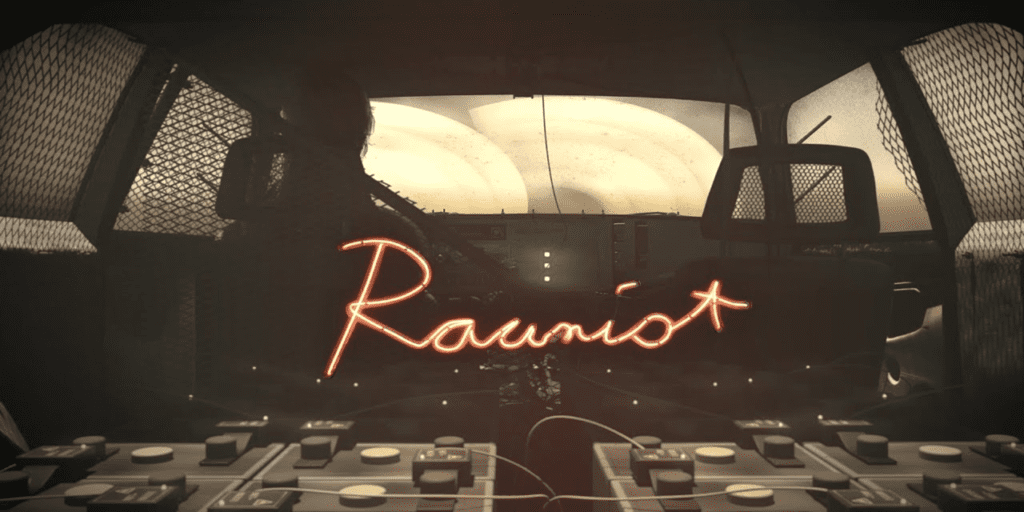
Developer: Act Normal Games
Initial release date: April 17, 2024
Genres: Adventure game, Puzzle, Indie game, Adventure
Platform: Microsoft Windows
Publisher: Act Normal Games
Taking on another post-apocalyptic adventure at a time when the likelihood of nuclear war is higher than it has ever been could be unsettling. By placing the game and its aftermath in the middle of an unidentified natural disaster, Rauniot subtly toned this down. Nevertheless, the best way to characterize this gaming experience is “harrowing.”
Act Normal Games, an independent developer based in Finland, has skillfully rendered a desolate and mostly lifeless world in which dog chow is regarded as a wholesome substitute for cannibalism and practically all infants are born altered. Aino enters that setting after being dispatched by her tribe to find Toivo, a guy who vanished while trying to find a nuclear fission prototype device.

There aren’t many characters, which makes sense.
Even though Rauniot does focus a bit too much on closeups of Aino’s face whenever she discovers a new object or opens a container, Aino is incredibly animated throughout as the protagonist. The planet appears to be blanketed with a sepia filter on a larger scale, which may be visually suitable, but the overworld’s yellow tint and the underground locales’ brown-grey color eventually start to seem monotonous.
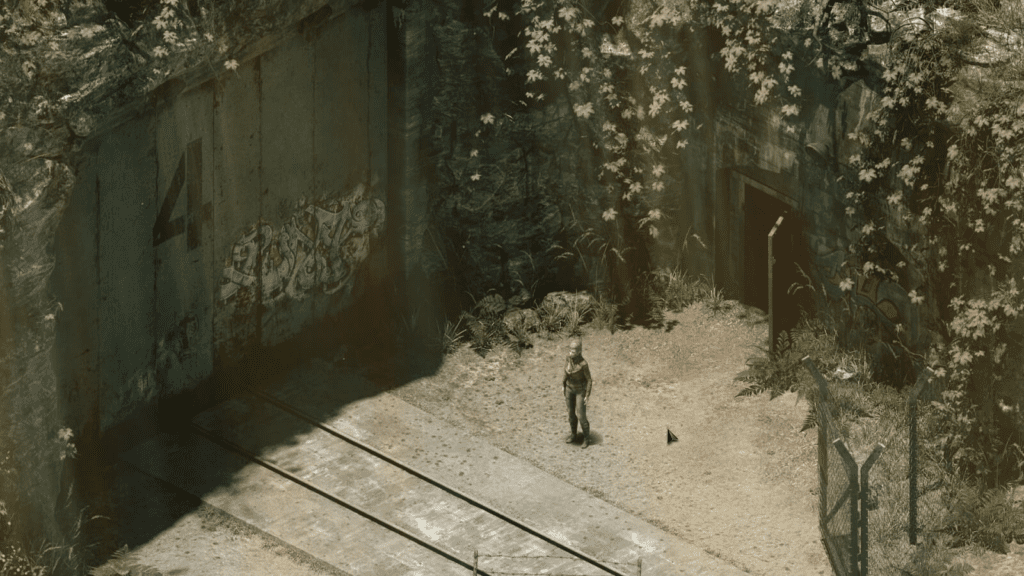
Knock, knock.
It’s also difficult to see objects in the dimness, and highlighting things of interest is not an option. Because of this, the hunt-the-pixel puzzle from 90s adventures has, um, evolved into hunt-the-hotspot. Early on, I encountered at least three instances when an object I was interacting with contained both a general hotspot and several little hotspots embedded within it. Using a door entry keypad as an example, I was informed that there was no power when I selected it, highlighting the entire pad as a hotspot. I figured that in order to go on from this challenge, I would first need to solve the previous one at the power plant. The option to return to your toolbox and retrieve a drill to access the inside of the pad was unlocked by having to examine the tiny rivets in each corner of the keypad, which is something I didn’t anticipate having to do. Not only is it illogical from an interface perspective, but it also defies logic. Given that Aino is already carrying a variety of spanners, why wouldn’t she just take everything out of the toolbox?
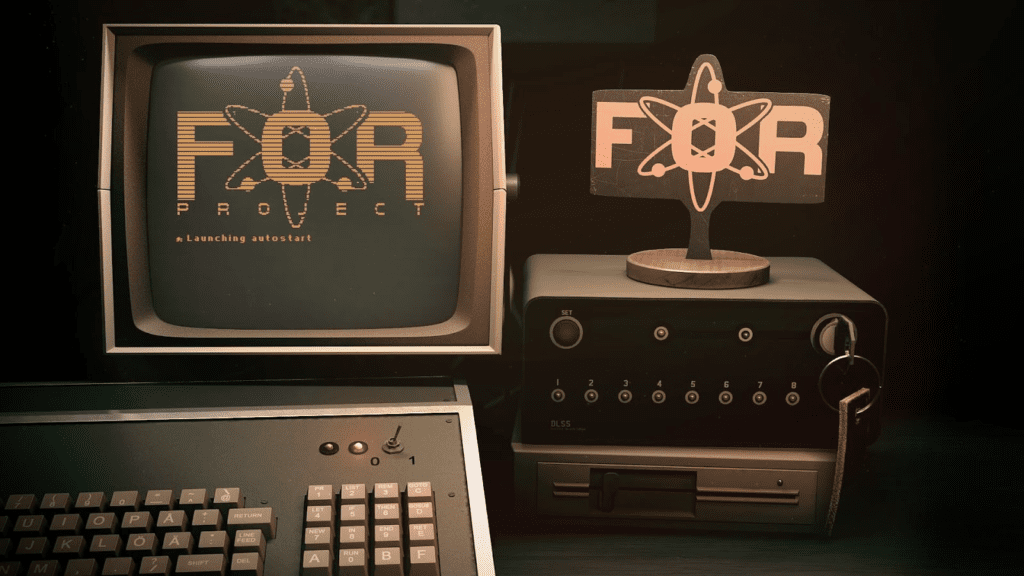
As soon as the Lost hatch opens
But once I got over the GUI annoyances, I discovered that the puzzles were well-anchored in the game’s environment. It should come as no surprise that most chores in a shattered world entail restoring electricity to doors, cars, and other objects. Finding the parts to fix a generator or figuring out how to go into the other shelters are only two examples of the many useful aspects of these. Even though they all have an obviously pessimistic outlook on life, the other individuals you’ll meet feel unique. It’s customary for this genre to have an abundance of dialogue options, and as you progress through the narrative, new alternatives will become available, so it’s always worth going back to see the residents if you’re having trouble. Fortunately, there is a reliable rapid transit system that can take you to practically any place you may encounter. This came in very handy when I had to jump between two separate control panels and the railway track in order to solve a puzzle that required me to reroute electricity and change points.

A lot of the riddles need you to turn on the lights in the correct order.
While it could have been used less sparingly, the music is just as depressing as the rest of the game. The entire dialogue is spoken in Finnish (Rauniot means “Ruins”), a language whose harsh consonants go perfectly in with the cataclysm of the 1970s. Although I am unable to adequately assess the acting’s overall caliber, the characters’ voices seem unbelievably dejected and hopeless. These individuals are so impoverished that they are hardly able to feed themselves, which highlights the global humanitarian catastrophe that is currently unfolding in Gaza. The brutality of Rauniot’s writing raises some unsettling parallels with the behavior of our species.
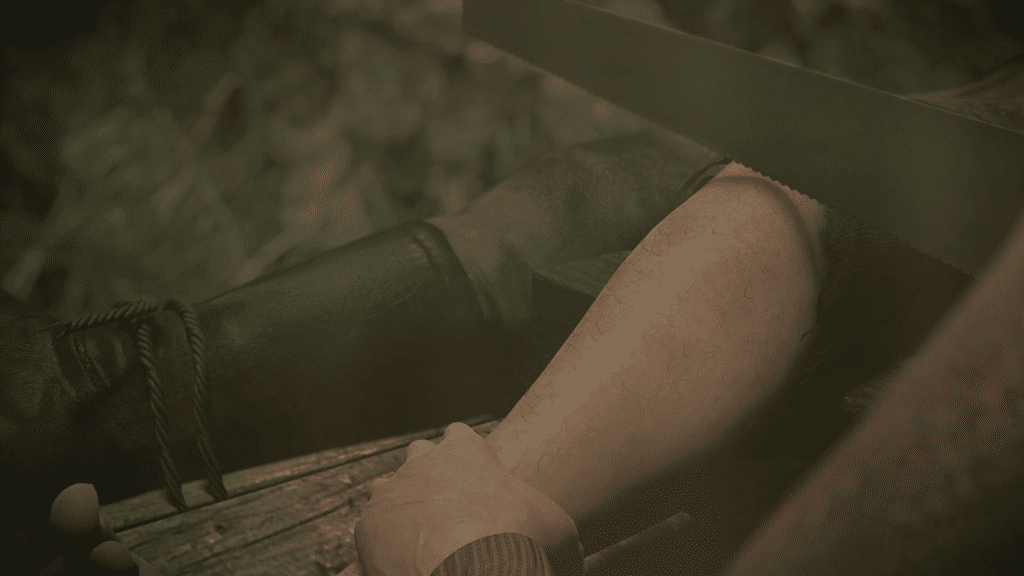
Your query has a “Yes” response.
Given this harsh environment, you might be wondering if playing Rauniot is fun. And the jury is out on that one. The puzzle difficulty fluctuates between obvious and overly complex on a point-and-click level, which is exacerbated by the hotspot problems noted earlier and the challenging-to-spot elements that blend into the irradiated background. The locales are beautifully rendered, the animations are lifelike, and the scenario, which should be a straightforward quest, somehow ends up feeling unfinished and confused by the conclusion. The graphics are also consistent throughout.
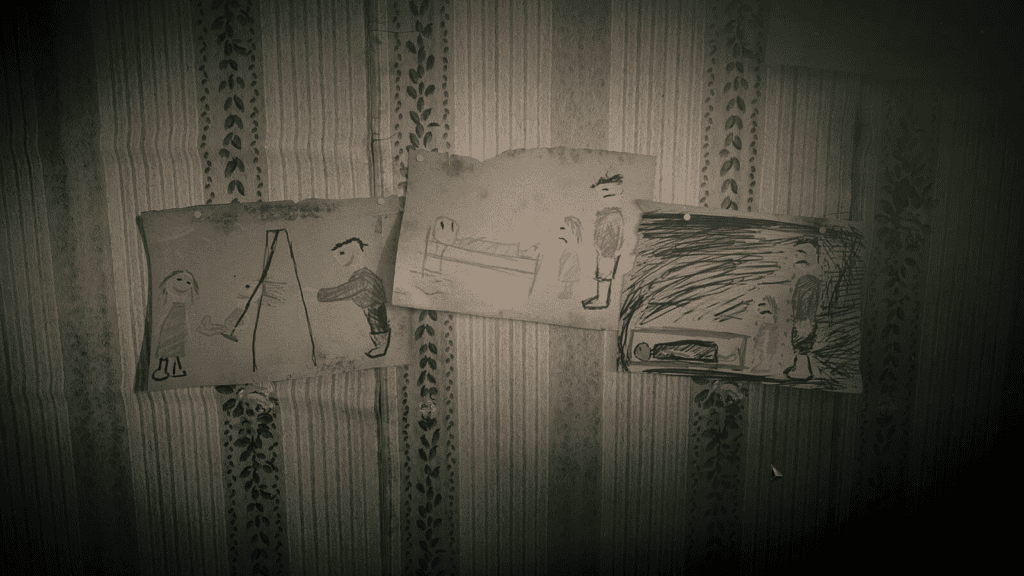
A life captured in three images
However, there was something about it that made me want to assist Aino in getting where she needed to go. I honestly can’t say if my desire to get a glimpse of happiness before the credits rolled contributed to my sense that I owed it to the people who lived in the devastated area to follow the film through to the conclusion. Although I’m not sure how to get to them and I had no desire to replay the game, the accomplishments seem to indicate that there are a few other endings. Rauniot is a reasonable five-hour experience that is realistic, despite its constant bleakness, and is priced sensibly. Just don’t anticipate Fallout-style humor.
Review Overview
Gameplay – 82%
Story – 85%
Aesthetics – 88%
Content – 80%
Accessibility – 78%
Value – 84%
Overall Rating – 83%
Very Good
Summary: Although Rauniot’s dark content pushes it deeper into niche territory and makes it unappealing to popular point-and-click gamers, there’s still something captivating about its lonely setting… If you can tolerate the oddities in the game.
